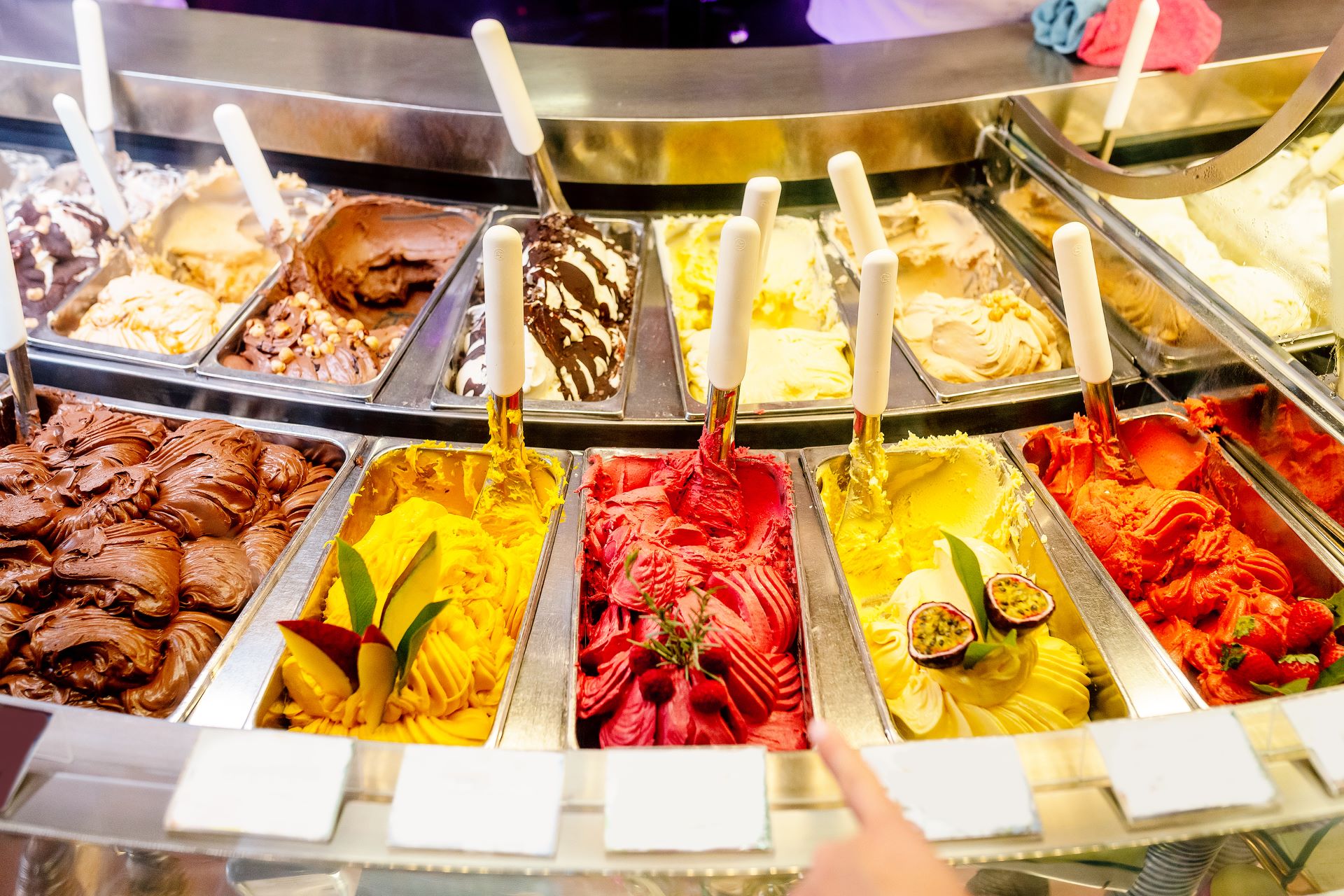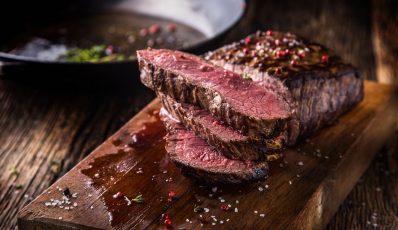Ice cream screams summer fun, but it's also a booming business! Every year, the demand for ice cream grows, which attracts more and more entrepreneurs to the ice cream industry. But success goes beyond just whipping up creative flavors. You also need to be a master of managing production costs. This guide is for all the ice cream parlor owners out there who want to crunch the numbers, set competitive scoop prices, and maximize those sweet profits!

Ice cream screams summer fun, but it’s also a booming business! Every year, the demand for ice cream grows, which attracts more and more entrepreneurs to the ice cream industry. But success goes beyond just whipping up creative flavors. You also need to be a master of managing production costs. This guide is for all the ice cream parlor owners out there who want to crunch the numbers, set competitive scoop prices, and maximize those sweet profits!
Ice cream production costs
Effective management of production costs is the foundation of success in the ice cream industry. The key step in determining production costs is a detailed analysis of the various factors that contribute to the final unit cost of a scoop of ice cream.
Raw material cost analysis is the basis for calculations. When producing traditional milk ice cream, the cost of 1 liter of milk ranges from £0.80 to £1.20, depending on the quality and location of the supplier. Fruit can cost from £1.50 to £5 per kilogram, and the price of sugar is usually around £1 to £1.50 per kilogram. Additives such as nuts or chocolate can further increase costs.
The costs of electricity and water are an important element in the cost structure of ice cream production. For example, pasteurization of 100 liters of ice mixture may consume from 5 to 10 kWh of electricity, which, assuming an average energy price of £0.25 per kWh, gives a cost of £1.25 to £2.50.
Depreciation on ice cream equipment and machinery is often calculated based on the average useful life of the equipment and its initial value. For example, if an ice cream machine worth £10,000 has an expected usability time of 5 years, the annual depreciation is £2,000.
Labor costs include employee salaries and insurance premiums. Assuming the average employee’s salary is £10/hour and the sample number of man-hours for the production of one batch of ice cream is 50 hours, the labor cost for one batch of ice cream is £500.
Effective management of all costs is crucial to maintaining competitive prices, ensuring business profitability, and continuous development in the dynamic market environment of the ice cream industry.
-
Ice Cream Maker – for popsicles – 2 moulds: 75 + 110 ml – 80 pieces (15 min) / 6000 pieces (day) – Royal Catering
-
Soft Serve Ice Cream Machine – 2140 W – 33 l/h – 3 flavours – Royal Catering 3,299.00 €
-
Ice Cream Maker – 1500 W – 15 l/h – 1 flavour – rollable – Royal Catering 2,699.00 €
-
Rolled Ice Cream Maker – Ice Teppanyaki – 50 x 50 x 2,5 cm – Royal Catering
How much should you charge for a scoop of ice cream?
Determining the right price for a scoop of ice cream is crucial to maintaining competitiveness in the market and ensuring a satisfactory level of profit from your ice cream shop. There are several factors to consider when determining the price of a scoop of ice cream.
Methods of calculating the unit price: There are several approaches to determining the price of a scoop of ice cream. One of the popular methods is to take into account production costs, include an appropriate profit margin, and adjust the price to competitive prices on the market. Another method may be to analyze demand and supply to determine the optimal price that will meet customer needs and ensure profit for the manufacturer. Assuming the average cost of producing a scoop of ice cream at £1 per piece, and adding a profit margin of 50%, the price of one scoop could be approximately £1.50. However, an analysis of competitive prices on the market may suggest that the optimal price for customers is £2.
Determining margin and profit: Profit margin is an additional cost that should be included in the price of a scoop of ice cream. This is the amount that covers operating costs and generates profit for the company. The value of the margin depends on many factors, such as market competitiveness, the type of product offered, and the expected level of profit.
Price elasticity: It is also important to take into account price elasticity, i.e. the ability to adjust prices depending on market changes. In the case of ice cream, seasonal trends, changes in raw material prices and competition may require regular price updates to maintain profitability and price attractiveness. In the event of a seasonal change in raw material prices, for example, an increase in fruit prices during the winter, the manufacturer may have to increase the price of ice cream in order to maintain profitability. However, price flexibility must also be balanced with price competitiveness in the market to avoid losing customers.
Determining the optimal price for a scoop of ice cream requires balancing between production costs and expected profit, while taking into account customer preferences and market dynamics. Therefore, regular cost analysis and monitoring of market changes are crucial for effective price management in the ice cream industry.
What type of ice cream is the most profitable?
Among the various types of ice cream available on the market, the ice cream that turns out to be the most profitable for ice cream parlors are those whose production costs are well-balanced with their selling price. Italian gelato, a traditional customer favorite, is characterized by relatively low production costs. For example, the cost of producing one scoop of Italian gelato may be around £0.80, which includes raw materials such as milk, cream, sugar, and flavoring additives. Thanks to this, assuming that the selling price of one scoop is £2, the ice cream parlor can achieve a profit margin of 60%.
In turn, premium and artisan ice cream, although they may be more expensive to produce due to the use of high-quality ingredients and more complex production processes, can generate higher profits. For example, the cost of producing one scoop of premium ice cream may reach £1.20, but thanks to a higher selling price, i.e. £3.50 per scoop, the ice cream shop can achieve a profit margin of 65%.
Sorbet and vegan ice cream, although they may be slightly more expensive to produce due to the ingredients used, such as fresh fruit or plant milk, are popular with customers looking for healthier and more dietary options. For example, the cost of producing one scoop of sorbet ice cream may be £1, and the selling price may be set at £2, which gives the ice cream shop a profit margin of 50%.
The key to the success of an ice cream shop is to precisely determine the production costs of various types of ice cream and to adjust sales prices to achieve an optimal balance between price attractiveness for customers and profit for the company.
Strategies to increase profit from selling ice cream
Diversification of the offer – experimenting with new flavors and types of ice cream
One of the key ways to increase profit from ice cream sales is to introduce new, intriguing flavors and types of ice cream. By experimenting with unusual flavor combinations and using seasonal ingredients, ice cream parlors can attract customers’ attention and stand out on the market. For example, introducing seasonal flavors such as strawberry with basil or mango with chili may attract the attention of customers looking for original and exciting taste experiences.
Brand building – marketing and promotional strategies
Strengthening your brand through effective marketing strategies is crucial to increasing ice cream sales. Ice cream parlors can use a variety of communication channels, including social media, local advertising, and promotional activities, to increase brand awareness and attract new customers. For example, organizing thematic events, such as tasting new flavors, can be an effective way to engage customers and build bonds with the brand.
Optimization of production processes – reduction of losses and costs
Optimizing production processes can significantly increase profits from ice cream sales. By constantly monitoring the consumption of raw materials, minimizing waste, and optimizing the operation of ice cream machines, ice cream parlors can reduce production costs and increase operational efficiency. For example, using an inventory management system can help reduce waste by more accurately forecasting demand for raw materials and avoiding excessive stockpiling of unnecessary ingredients.
These strategies can help ice cream parlors stand out in the crowded market, leading to more sales and bigger profits.






Share